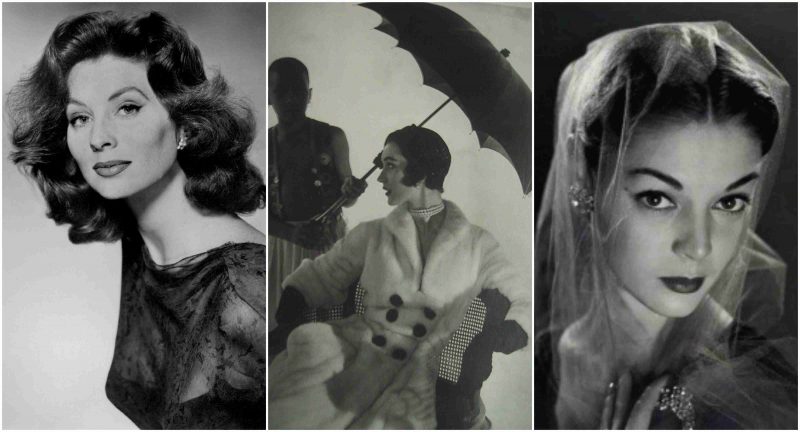Modelling as a profession was first established in 1853 by Charles Frederick Worth, the “father of haute couture”, when he asked his wife, Marie Vernet Worth, to model the clothes he designed.
The term “house model” was coined to describe this type of work. Eventually, this became a common practice for Parisian fashion houses.
There were no standard physical measurement requirements for a model, and most designers would use women of varying sizes to demonstrate variety in their designs.
With the development of fashion photography, the modelling profession expanded to photo modelling. Models remained fairly anonymous, and relatively poorly paid, until the late 1950s.
One of the first well-known models was Lisa Fonssagrives, who was very popular in the 1930s.Fonssagrives appeared on over 200 Vogue covers, and her name recognition led to the importance of Vogue in shaping the careers of fashion models. In 1946, Ford Models was established by Eileen and Gerard Ford in New York; it is one of the oldest model agencies in the world.
Below are four of the most popular and highest paid models in the 1950s.
Jean Patchett
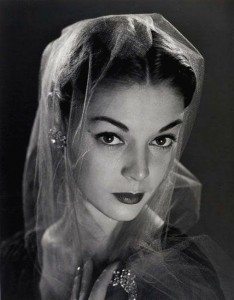
Jean Patchett came to New York in 1948, and signed with the Ford Model Agency on April 10, 1948. Her career took off almost immediately. She debuted with Vogue in September 1948 at the age of 22.
In October 1949, Patchett was photographed by Penn along with Bridget Bate Tichenor for the famous photograph The Tarot Reader. A print of this photograph is in the permanent collection of the Smithsonian American Art Museum. Patchett was the subject of two of Vogue Magazine’s most famous covers, January 1950 by Erwin Blumenfeld and April 1950 by Irving Penn.
Cathy Horyn wrote that the January 1950 cover “became shorthand for an entire decade”. During her career, she appeared on over 40 magazine covers. Patchett’s face was used in the 1957 Fred Astaire-Audrey Hepburn-Kay Thompson film, Funny Face, which spoofed the fashion industry.
Dovima
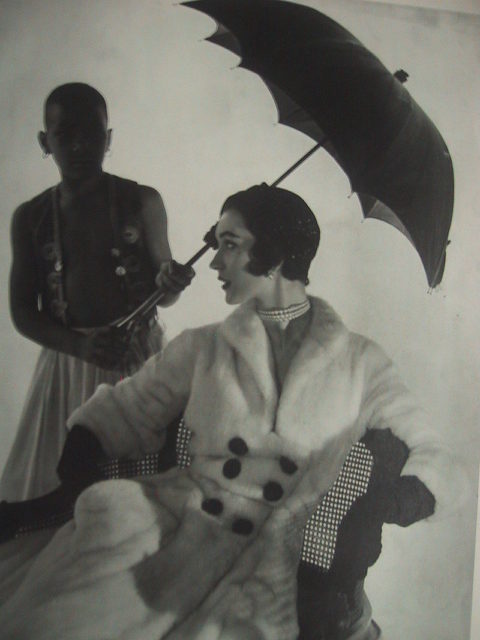
Born in New York City, Dovima was “discovered” on a sidewalk in New York by an editor at Vogue, and had a photo shoot with Irving Penn the following day. She worked closely with Richard Avedon, whose photograph of her in a floor-length black evening gown with circus elephants — Dovima with the Elephants — taken at the Cirque d’hiver, Paris, in August 1955, has become an icon and sold for $1,151,976 in 2010. The gown was the first evening dress designed for Christian Dior by his new assistant, Yves Saint-Laurent. Dovima was reputed to be the highest-paid model of her time. She had a role as the aristocratic-looking, but empty-headed, fashion model Marion in the film Funny Face in 1957.
Mary Jane Russell
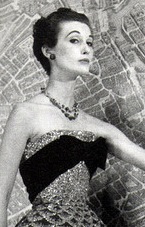
Mary Jane Russell began her modelling career in 1948, and was signed with Ford Models for the duration. Eileen Ford remembered her as being short by traditional female modeling standards (she was 5’6) and, while lacking confidence in her looks, was described as “exquisite”.
Her long neck and classical features were perfectly suited to the fashions of the period. She became a favorite model of the photographer Louise Dahl-Wolfe, to the extent that when an unwritten rule was encountered where model and photographer could not work together a third time, Dahl-Wolfe unsuccessfully hunted for a suitable replacement. Eventually, Carmel Snow, the editor of Harper’s Bazaar, intervened and personally asked Russell to work with Dahl-Wolfe a third time. Irving Solero, the photographer for the Fashion Institute of Technology, has estimated that 30% of Dahl-Wolfe’s photographs featured Mary Jane.
Russell was also a favorite model of Irving Penn, who remembered her qualities of concentration and tenderness. Two of Penn’s better-known images of her were Girl Drinking, published in Vogue in 1949, and the 1951 photograph Girl with Tobacco on Tongue. As Russell did not smoke, the process of taking the latter photograph made her physically sick. She also sat for Richard Avedon and William Klein.
Suzy Parker
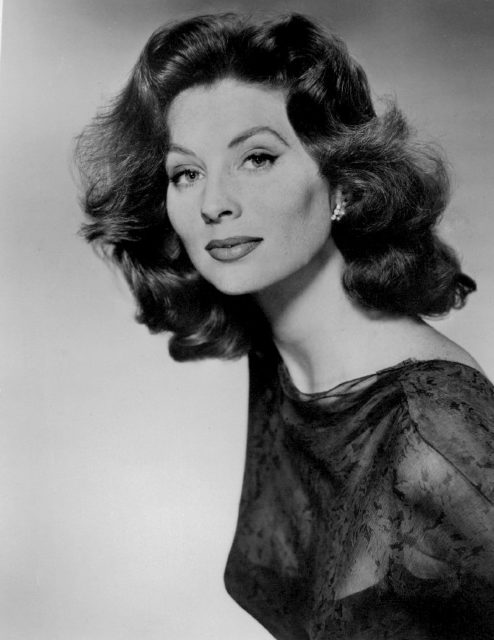
Sister of famous supermodel “Dorian Leigh”, Suzy Parker soon eclipsed her sibling. First appearing in Life magazine when she was 15, she went on to become the signature face Coco Chanel and was described by Vogue as “one of the faces of the confident, post-war American woman”. Parker was perhaps most well known as the face of Revlon, but also worked for Hertz, Westinghouse, Max Factor, Bliss, DuPont, Simplicity, Smirnoff and many others, as well as appearing on the covers of about 70 magazines worldwide. Despite being the first model to earn $100,000 a year, she racked up an enormous debt due to a backlog of income taxes and the addition of numerous penalties. Eventually, Jerry Ford of the Ford modelling agency paid off her debts and took her on as a client.
